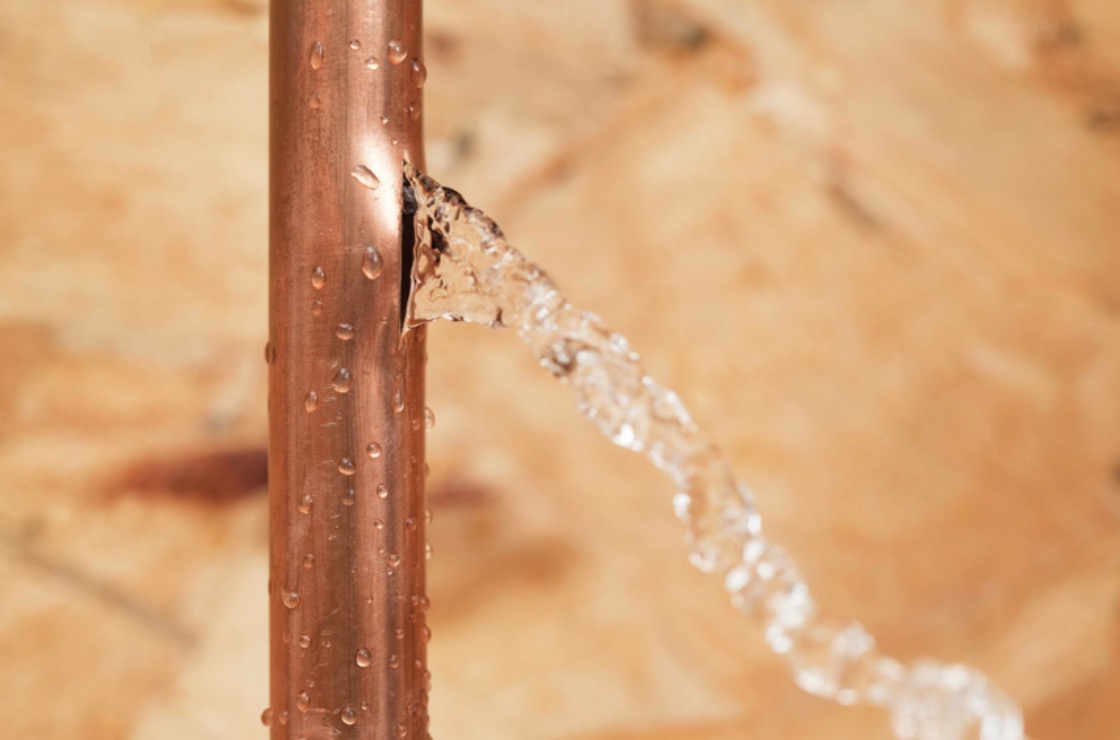Do you find yourself searching for answers about How to detect water leaks in your home?

Leakages not only cause waste of water however can additionally create unnecessary damage to your residence and also advertise undesirable organic development. Sadly, water leaks could go unnoticed considering that the majority of the pipework in our home is hidden. By looking and also comprehending for daily circumstances that trigger leaks, you can safeguard your residence from future leaks and also unnecessary damages. Today, we will certainly take a look at 6 leak triggers that might be creating your pipes to drip.
Instant temperature modifications.
Severe temperature level changes in our pipes can trigger them to expand and also acquire all of a sudden. This expansion and contraction might create cracks in the pipes, particularly if the temperature level are listed below cold.
Corroded water supply
As time passes by, your plumbing system ages and also corrosion such as corrosion may start eating away the pipes. This might be the source of staining or bending on your water pipes. This calls for an assessment with your plumber instantly. Think about changing the pipelines given that they are at a higher risk of corrosion than the more recent models if our plumbing system is old.
Defective Pipe Joints
The factor at which your pipes attach is regularly the weakest web link in the waterline. Pipe joints can wear away in time, leading to water leakages. The majority of pipeline joints are not quickly noticeable. If you have noisy pipelines that make ticking or banging noises, particularly when the hot water is turned on, your pipe joints are possibly under a lot of stress. It is recommended to have your plumber check your system yearly.
Encroaching origins
The majority of water leakages start outside your house instead of inside it. If you discover an unexpected reduction in water stress, state in your faucet, take some time to head out as well as examine your yard. You might see wet spots or sinkholes in your lawn, which could imply that tree origins are getting into water lines creating water to seep out. You can have your plumber check for intrusion, especially if you have trees or shrubs near your property.
Poor Water Connectors
At times, a leak can be triggered by loosened tubes and pipes that provide your appliances. In case of a water connections leak, you may see water running straight from the supply line or pools around your devices.
Obstructed Drains
Obstructed drains could be irritating and also inconveniencing, but they can sometimes wind up causing an overflow leading to rupture pipes. Keep removing any products that may go down your drains pipes that could obstruct them to prevent such hassles.
All the above are causes of leaks but not all water leakages result from plumbing leaks; some leaks may originate from roof covering leakages. All leaks ought to be fixed quickly to avoid water damages.
Leakages not just trigger waste of water but can also cause unnecessary damage to your home as well as promote unwanted natural development. By understanding and also looking for daily scenarios that create leaks, you can protect your house from future leakages and also unneeded damage. Today, we will certainly look at 6 leak triggers that might be triggering your pipes to drip.
At times, a leak can be created by loosened tubes as well as pipelines that provide your appliances. In case of a water links leak, you may observe water running directly from the supply line or pools around your home appliances.
How To Check For Water Leak In Your Home
How To Check for Leaks
The average household's leaks can account for nearly 10,000 gallons of water wasted every year and ten percent of homes have leaks that waste 90 gallons or more per day. Common types of leaks found in the home are worn toilet flappers, dripping faucets, and other leaking valves. These types of leaks are often easy to fix, requiring only a few tools and hardware that can pay for themselves in water savings. Fixing easily corrected household water leaks can save homeowners about 10 percent on their water bills.
To check for leaks in your home, you first need to determine whether you're wasting water and then identify the source of the leak. Here are some tips for finding leaks:
Take a look at your water usage during a colder month, such as January or February. If a family of four exceeds 12,000 gallons per month, there are serious leaks.
Check your water meter before and after a two-hour period when no water is being used. If the meter changes at all, you probably have a leak.
Identify toilet leaks by placing a drop of food coloring in the toilet tank. If any color shows up in the bowl after 10 minutes, you have a leak. (Be sure to flush immediately after the experiment to avoid staining the tank.)
Examine faucet gaskets and pipe fittings for any water on the outside of the pipe to check for surface leaks.
Undetected water leaks can happen without the home or business owner even realizing. If you suspect a water leak, but not able to find the source. It is time to contact a professional water leak detection service, The Leak Doctor.
How To Find a Water Leak In Your Home
https://www.leakdoctor.com/blog/How-To-Check-For-Water-Leak-In-Your-Home_AE197.html

I found that content on Top Causes of Home Water Leaks when doing a lookup on the internet. If you please take the time to distribute this content if you enjoyed it. Thanks a lot for your time. Please check our blog back soon.
Visit Our Site
Comments on “Your House's Principal Frequent Triggers of Leakage: In-Depth Analysis”